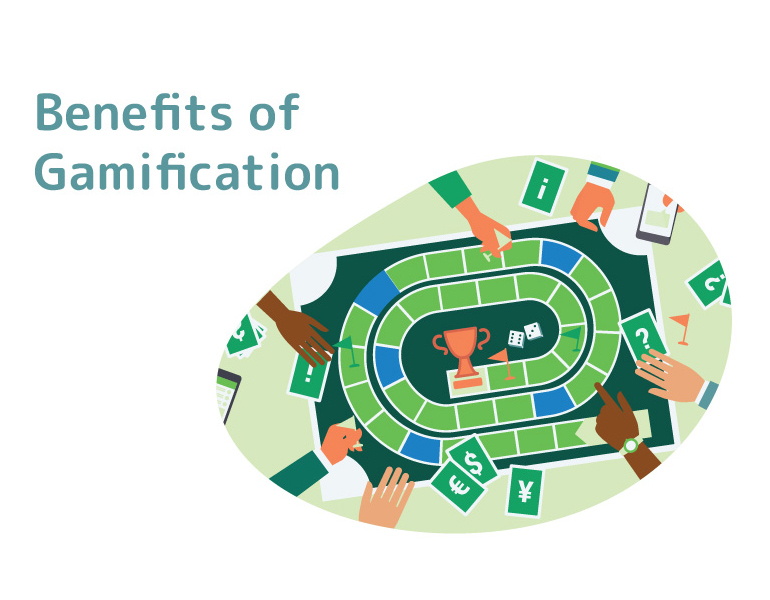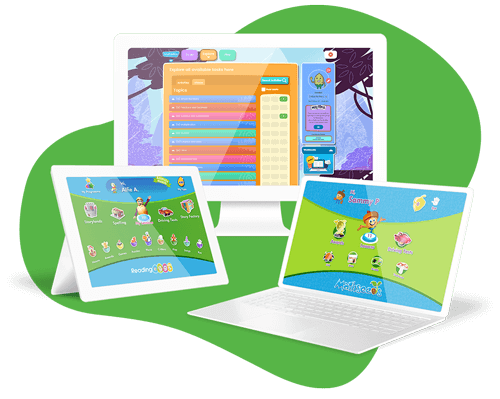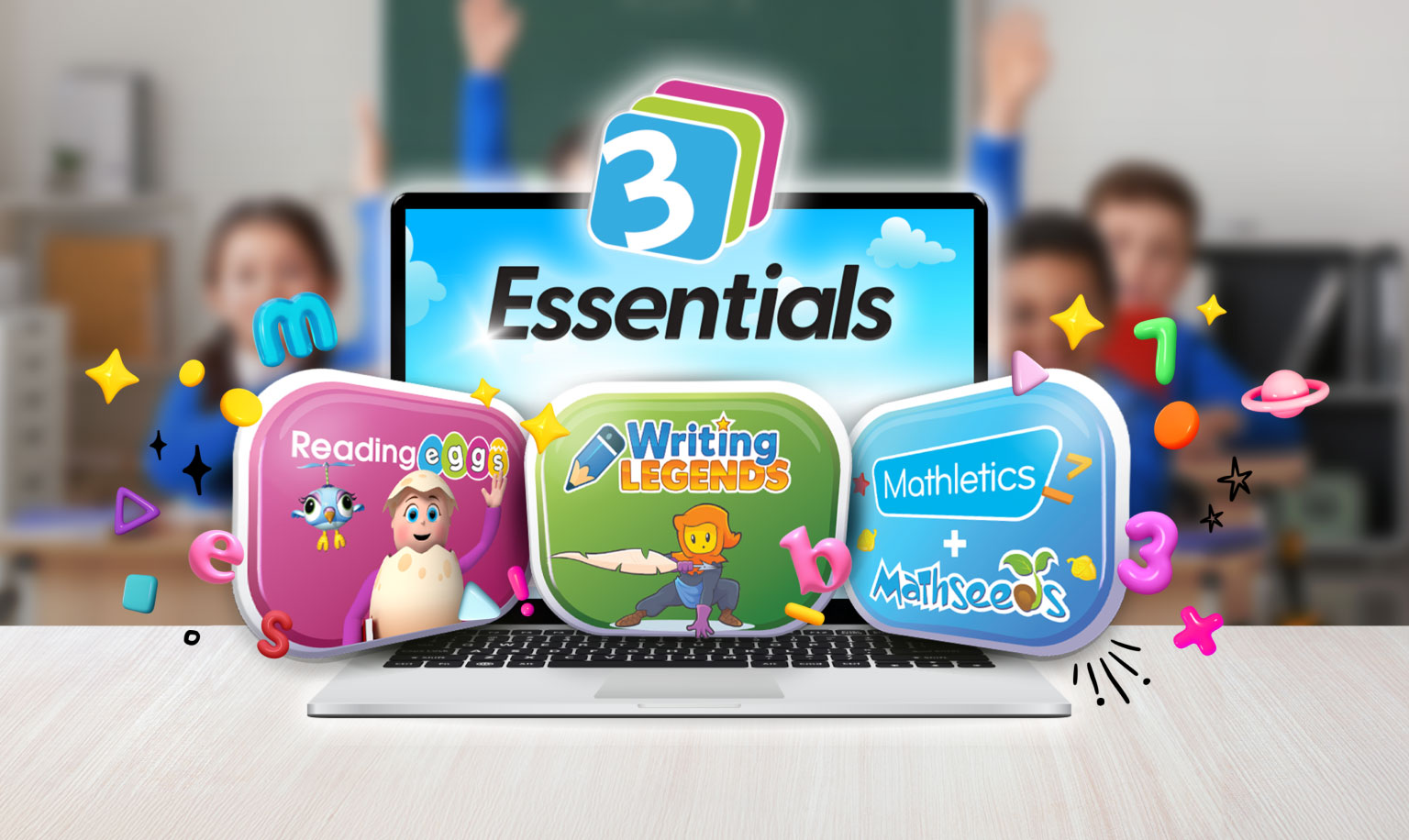
The benefits of gamification mean we now see it everywhere, from customer loyalty programs to fitness apps.
Now teachers are starting to realize the advantages, too.
Here are the seven major benefits of using gamification for teaching and learning.
Gamification lessens students’ fear of failure
Failure is an integral part of learning, but in the classroom it tends to be a source of shame and embarrassment.
However, if you’ve ever seen a twelve year old constantly replaying a video game despite countless ‘game over’ screens, you’ll know games change this dynamic. They don’t just make failure OK – they also make it part of the fun.
Gamification in education has the same benefit. In a 2013 report, Huang, Hsin-Yuan, and Soman found that gamification encourages students to fail and reattempt learning tasks without embarrassment. This persistence goes hand in hand with academic progress, and it also develops the grit and resilience our students need for adult life.
Gamification makes learning visible
Whether it’s a progress bar at the top of the screen or levels yet to be completed, it’s never difficult for a student to orient themselves in a game. Students struggle to get the same clarity in learning journeys when they can’t clearly see what’s ahead of them.
Gamified learning solves this problem by making progress visible. This might be via:
- points earned
- progress bars
- an overview or ‘map’ of the learning content
- personalized goal-setting mechanisms (e.g. electing to complete x number of activities per day).
With this visibility, students can easily assess the next steps required and take stock of how far they’ve progressed in their learning – at any given time.
Gamification increases motivation
The same students who can barely be bothered picking up a pen in class often stop at nothing to succeed when they’re playing on the computer or the sports field.
That’s because games drive high levels of motivation. In particular, a 2006 study of video gaming identified three motivational factors that lead players to try and try again:
Achievement: players want to excel and demonstrate mastery over the challenges of the game.
Social factors: players are motivated by the relationships and team building involved in games.
Immersion: players are motivated to discover new aspects of the game and create personal experiences through role-play and exploration.
Gamification in the classroom uses these factors to motivate students with learning, so they’re pushed to keep striving for progress even when the going gets tough.
Gamification is familiar
Students get gamification already. After growing up with video and card games, most will see gamified learning as an intuitive system that doesn’t require copious teacher explanation. It also helps that gamified learning minimizes ambiguity, as it’s built around simple rules that need to be followed.
On the teacher’s end, this makes gamification relatively straightforward from a classroom management perspective. Once they’ve got the hang of it, students can learn with games independently.
It also empowers students. With a learning activity that feels like second nature, they’ll feel confident and in control of their own progress
Gamification assists cognitive development
According to a 2013 study by Blumberg & Fisch, games that invite critical thinking and problem-solving can improve students’ processing and information retention abilities. Most educational games fit this category.
As it becomes increasingly digital, gamified learning can leverage the cognitive benefits of video games, too. These include:
- improved spatial awareness
- faster and more accurate attention allocation
- improved mental rotation abilities (the ability to mentally visualize an object from multiple points of view).
A 2014 study from the American Psychological Association found that these skills derived from video games are lasting and transferable to success in other domains, such as STEM subjects.
Gamification can make learning a personal experience
In the video gaming world, players willingly spend hundreds of dollars on custom outfits, tools, and weapons for their in-game characters.
Why spend real money on a tiger suit for a video game character?
Because doing so makes the game uniquely theirs. It gives a sense of pride, ownership, and identity.
That’s why games can be the ticket to the personalized learning teachers have been talking about for years. We can use the same principles in our classrooms by:
- letting students set the rules of a learning game
- giving them a character or avatar to control in a gamified learning program
- helping them create systems to track their own progress.
Making learning personal through gamification boosts engagement, and it also shows students that the learning journey belongs to them.
You’ll notice this change when they start taking extra initiatives – like asking if you’ve got any more activities they can do to practice, or chasing high scores at home even when you haven’t set homework.
Gamification boosts engagement
These benefits are good news for teachers, but chances are your students will be interested in one thing above all else:
Making learning fun
They might not be thinking about cognitive development, personalization, or mastery – but they will be thinking about the points they need to buy a new outfit for their avatar.
And while it might not feel like learning as they know it, you’ll know that every level passed and challenge completed is one more step on their journey to understanding.
Putting gamification into practice
Looking to get the benefits of gamification in your classroom? We’ve got you covered.
Explore our range of gamified learning programs covering mathematics, literacy, and science. They’ll give your students:
- engaging virtual worlds and challenges
- personal avatars
- curriculum-aligned learning levels they can work through at their own pace
- student-friendly progress tracking via points and scoreboards.

Gamify your classroom with our award-winning learning programs
Sources
The Benefits of Playing Video Games – Radboud University
Brain Games – Do They Really Work? – Scientific American
Guide to Gamification in Education – University of Toronto
Gamification in Education – Learning Theories












